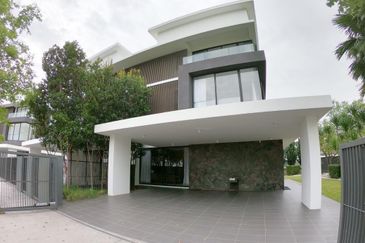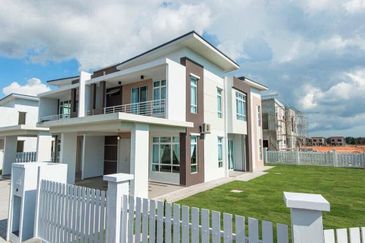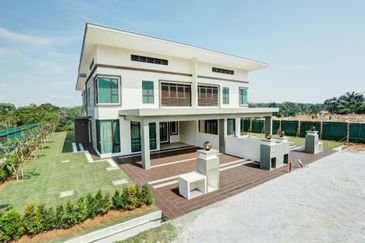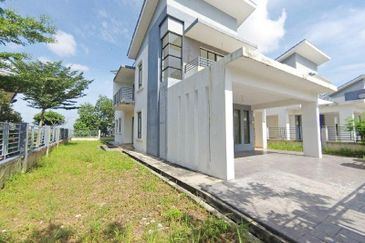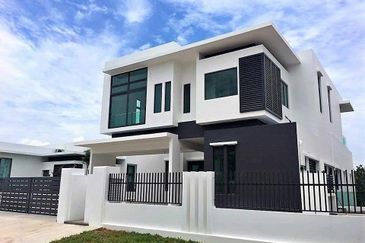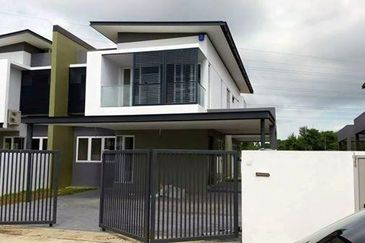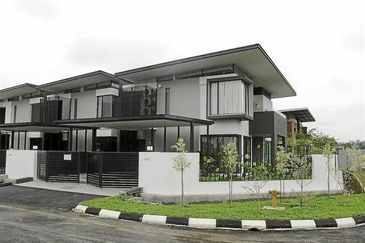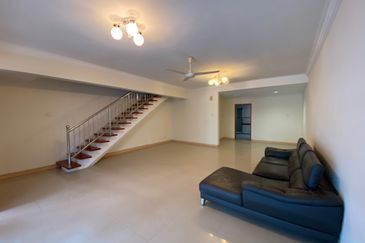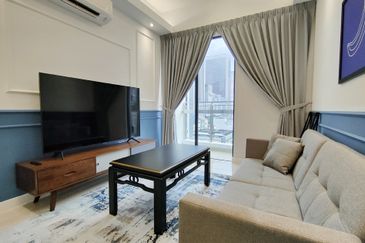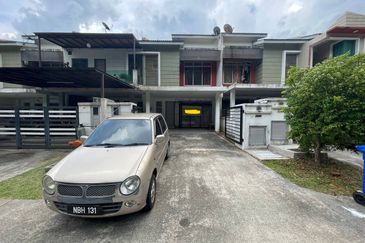
MUMBAI (Aug 18): India’s property developers are adopting the fast-moving consumer goods (FMCG) industry’s “sachet marketing strategy” from the late 1990s in a bid to whet buyers’ appetites, said JLL India chairman chairman and country head Anuj Puri (pictured).
 Developers are shrinking their apartments and cutting corners without reducing prices per square feet to make their prices more palatable in a sluggish market, he said in a recent statement.
Developers are shrinking their apartments and cutting corners without reducing prices per square feet to make their prices more palatable in a sluggish market, he said in a recent statement.
“In the last five years, average apartment sizes fell across all major cities of India,” he noted, citing JLL Research’s latest report entitled “Is Real India’s Real Estate Heading Towards A Tectonic Shift?”
The report said in 1H2015, the Mumbai Metropolitan Region (MMR) – which includes Mumbai, Thane and Navi Mumbai – saw the greatest decrease in apartment sizes on an annualised basis, along with Bangalore, Chennai and Kolkata.
Other cities also saw varying degrees of a decline in median apartment sizes.
Mumbai, which already has among the smallest apartments, saw a decrease of 26.4% in apartment sizes in the past five years.
During the same period, Bangalore’s average unit sizes shrank by 23.7%, while Chennai’s fell by 22.2% and those in Pune by 7%.
However, Bangalore continues to deliver the largest units among Tier I cities, while Chennai has the largest units among Tier II cities.
“The dynamics of apartment sizes have a tale to tell – that developers are paying conscious attention to consumers’ requirements.
“The fall in average apartment sizes across all top seven cities is a clear indication that developers intend to make houses affordable for buyers by reducing average apartment size instead of reducing capital values.
“While property prices are not purely a product of developers’ discretion, the decision to alter apartment sizes as per the needs and spending power of buyers is definitely within their ambit,” he said.
Puri also noted that buyers were increasingly looking for small new homes near their offices that meet the needs of their family.
“This does not mean that they are compromising on their lifestyles, but prefer a small compact home equipped with all [the] basic amenities,” he stressed.
They also prefer these locations as it reduces their commute to work, he added.
“As these locations are expensive compared to the suburbs, buyers may be able to afford smaller units, which is more than acceptable.”
“To enjoy the luxury of bigger homes with good amenities, they prefer to buy homes in peripheral areas of the cities, from where the concept of second homes is emerging at outskirts of the cities,” he said.

TOP PICKS BY EDGEPROP
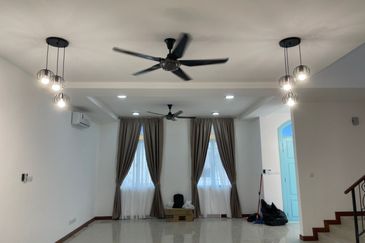
Peranakan Straits, Setia Eco Templer
Rawang, Selangor
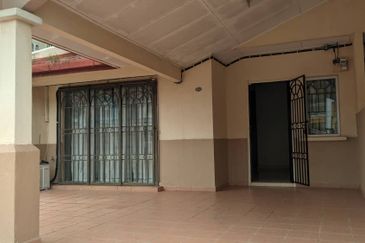
Pusat Bandar Putra Permai
Seri Kembangan, Selangor

